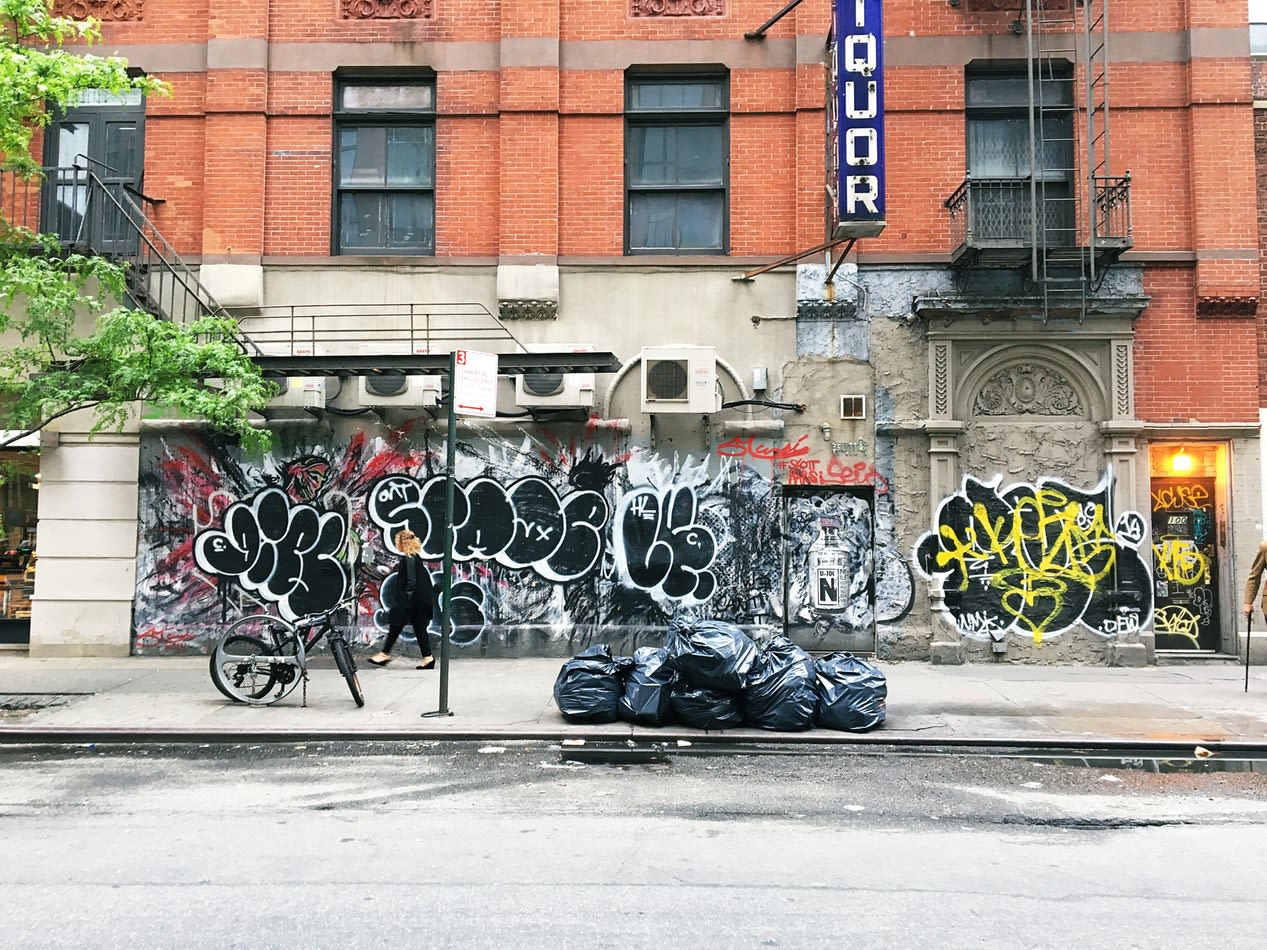Fly-tipping in England
From asbestos, animal carcasses to household waste – fly-tipping in England is a serious problem, data shows.
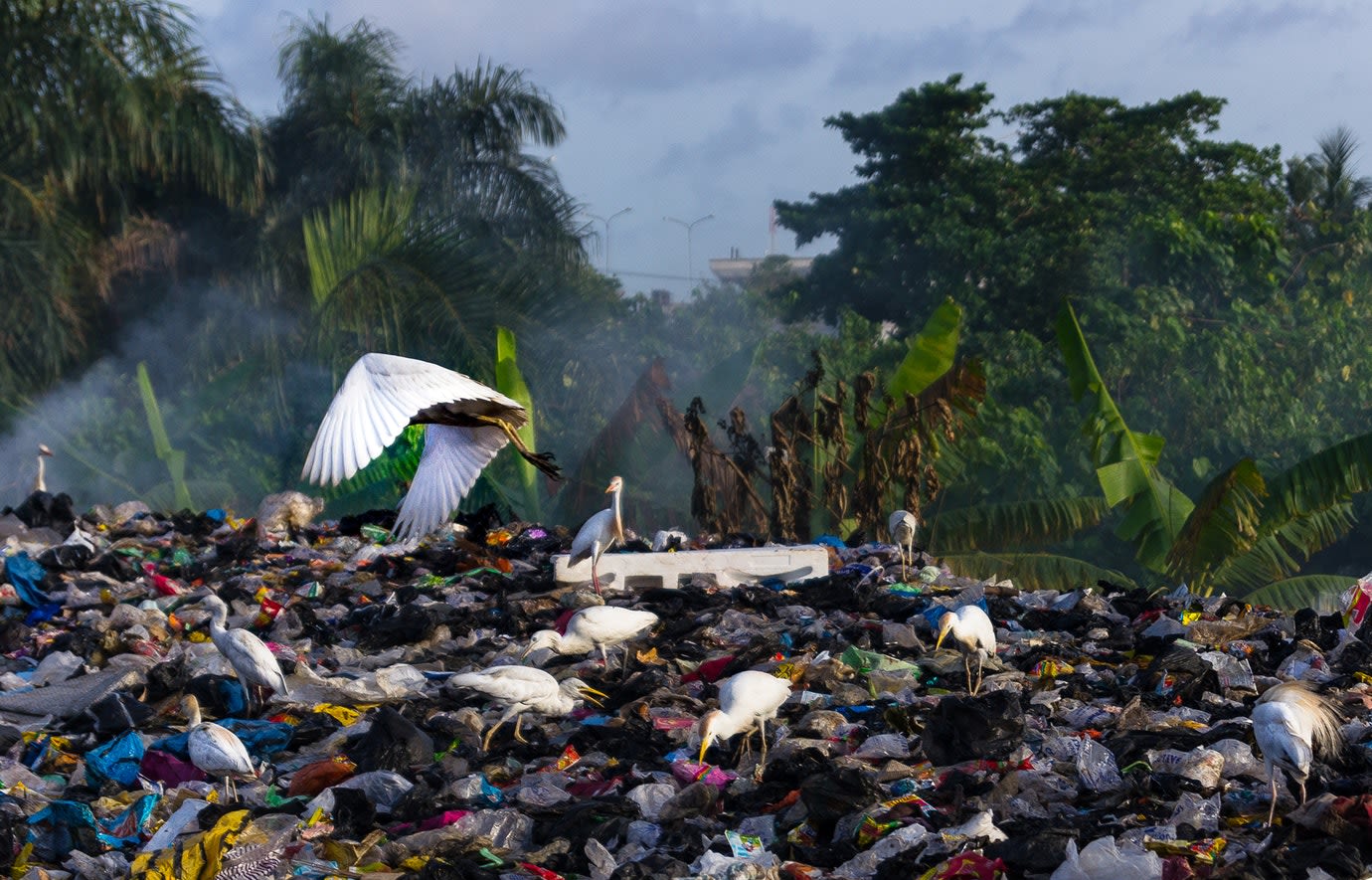
Fly-tipping is the term given to any kind of illegal dumping of waste on the streets. In England, this ranges from a few black bags of household waste to more hazardous waste like asbestos and animal carcasses thrown on the footpath or bridleway. Heavier items that are generally illegally dumped are fridges, mattresses, builders' rubble and tyres.
The size doesn't matter
The amount of garbage fly-tipped can be as small as a single bag to a truck load. Irrespective of the size, fly-tipping is a serious issue because it stains the environment significantly. It is a major source of pollution, a potential danger to public health, and is hazardous to wildlife.
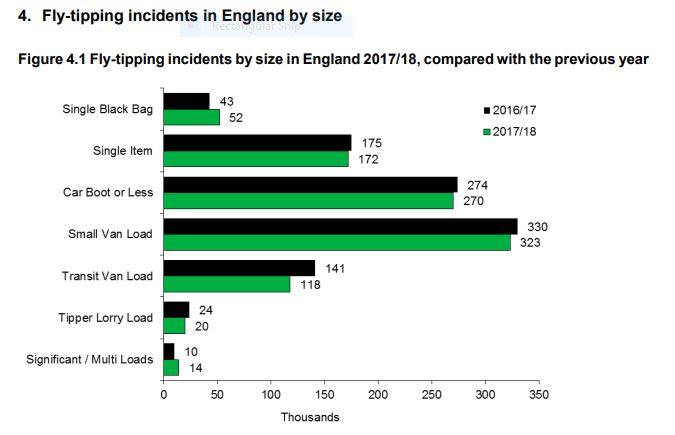
Source: Department for Environment Food & Rural Affairs
Source: Department for Environment Food & Rural Affairs
According to the Department for Environment Food & Rural Affairs (DEFRA), local authorities dealt with 997,553 fly-tipping incidents between 2017/18 - an average of more than 2,700 a day. Although this decreased by 1% from the 1,011,000 reported in 2016/17, it continues to be a concerning issue.
How serious is the problem?
Although, fly-tipping is a universal problem, it is getting worse in England. With nearly a million fly tipping incidents reported last year (2017/18), an estimated £86m-£186 million is spent every year to investigate and clear up illegal waste. Statistics from DEFRA revealed that the clearance cost of large fly-tipping incidents alone faced by the local authorities in England in 2017/18 was up to £12.2 million, which is a 23.23% increase as compared to the £9.9 million in the year 2016/17. This cost eventually falls on the taxpayers and private landowners. Additionally, fly-tipping not only damages the environment, but also poses a threat to humans and wildlife. Fly-tipping statistics from DEFRA disclosed the type of waste generally fly-tipped. While majority (66%) of fly-tips involved household waste, some hazardous wastes like animal carcasses, asbestos (banned in the UK), chemical drums and clinical waste that was fly-tipped across the country last year were also found.
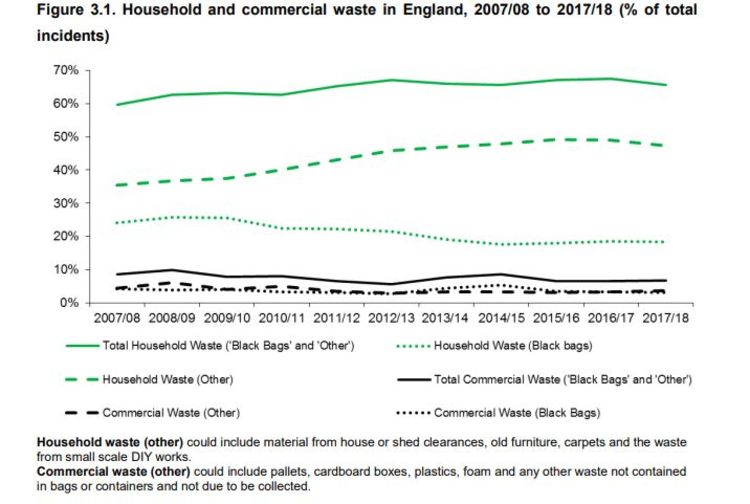
Source: Department for Environment Food & Rural Affairs
Source: Department for Environment Food & Rural Affairs
What are the councils doing about it?
Local councils and the Environment Agency (EA) are both responsible for handling illegally deposited waste. Generally, local councils handle most cases of fly-tipping on public land and the EA investigates and takes action against the bulkier, more serious illegal waste crimes. Statistics released by DEFRA showed that Haringey council had the highest number of fly-tipping incidents – 23,549 incidents contrary to Kingston Upon Thames, which has the lowest numbers of occurrences amongst all the boroughs in London – 1,349 incidents in the year 2017/18.
On the other hand, the Harrow council showed a significant increase in the number of incidents reported as compared to the year before. There were more than 9,600 incidents of illegal waste dumping reported in 2017/18 – an average of around 26 a day – which is an increase of 2,791 from the previous year. Assistant Site Manager for Harrow Recycling Centre, Collin Russell believes that fly-tipping is a persistent problem. Explaining the increase in fly-tipping incidents within the area, Russell said: “It is expensive dispose of waste and industrial fly-tippers particularly will travel a long way around the motor way system to areas like Harrow but not exclusively, to dispose their waste. Much of the fly-tipping in Harrow doesn’t always come from residents.”
According to Russell, frequently fly-tipped items in Harrow include bulky waste materials like mattresses that come out of rented accommodations. Like all the other councils, Harrow is also equipped with all the facilities for waste management. Russell explained: “We provide the facilities for removing the bulky waste like mattresses with sometimes at a small cost to those landlords bringing them in as a business, while it is free of charge if the residents bring them in.”
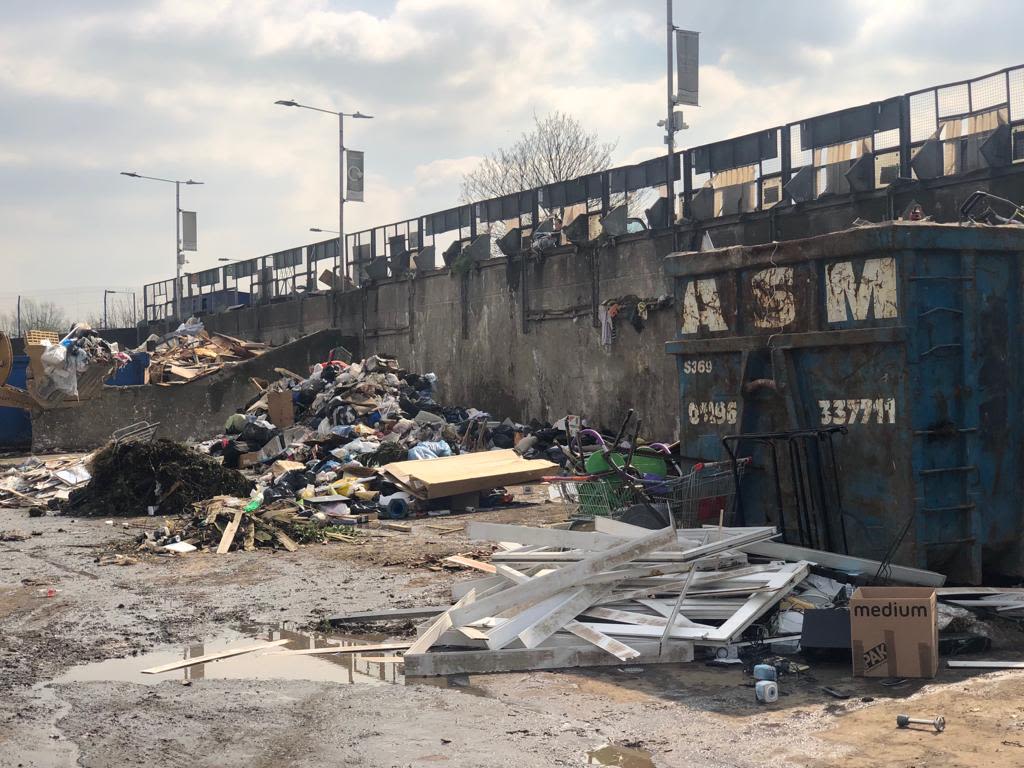

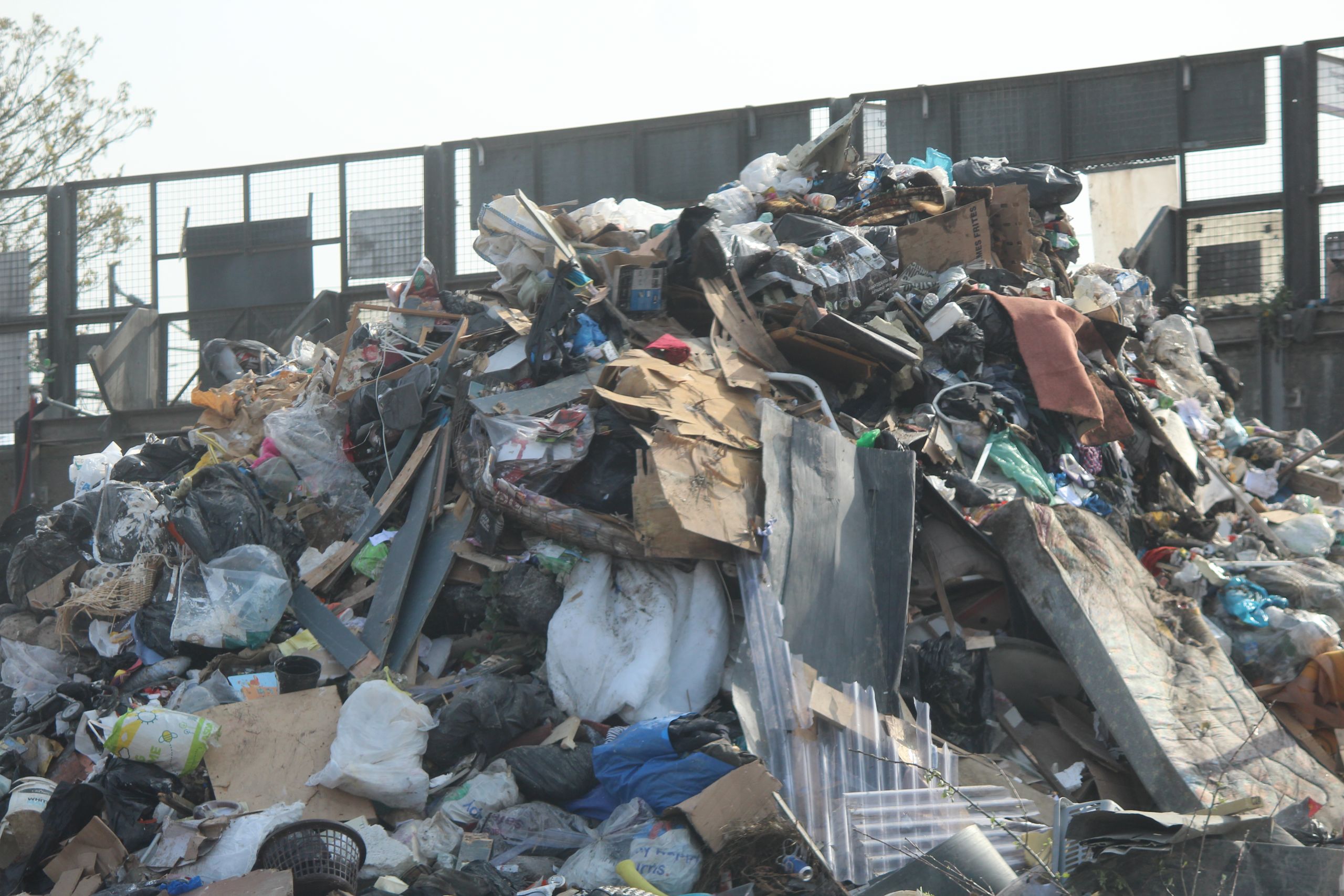
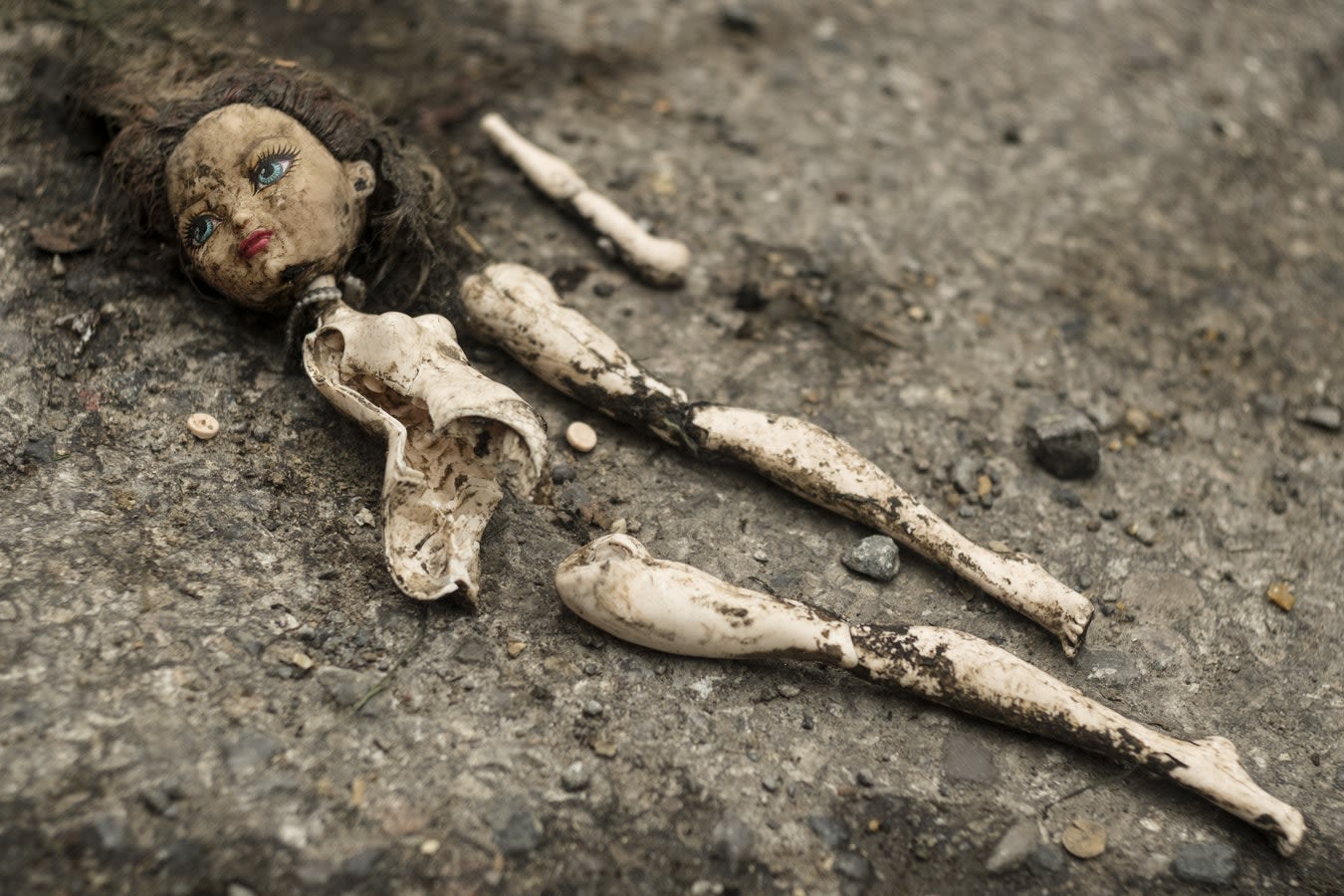
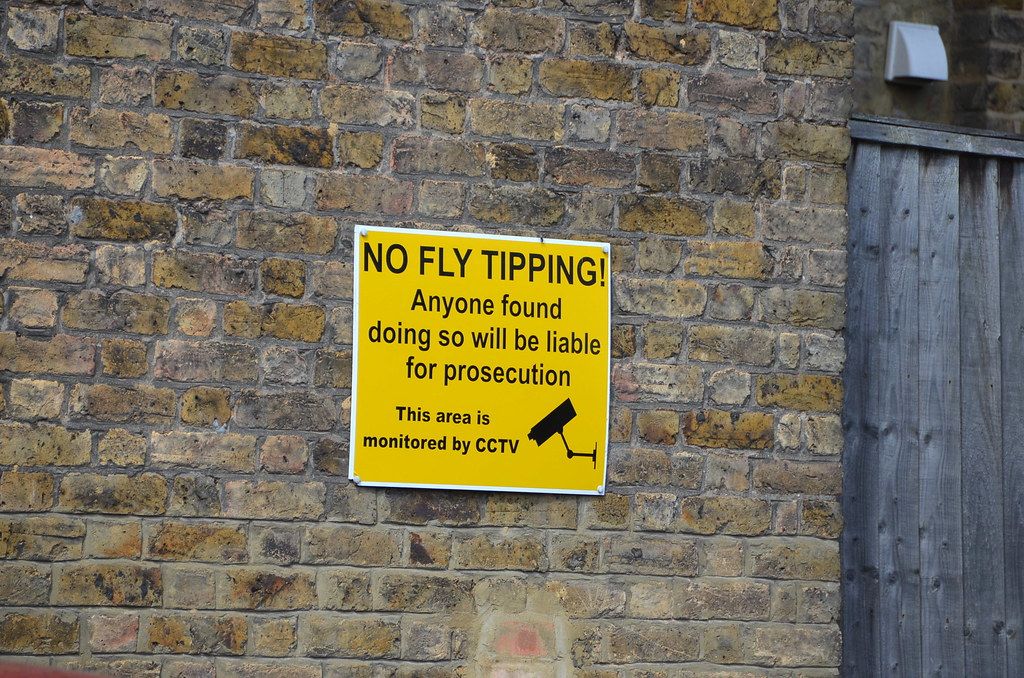
What is the cause?
Even though the councils provide specific guidelines on how to dispose the bulky waste, it does not solve the problem. Local authorities in England took 494,000 enforcement actions against fly-tipping in 2017/18, a 4% increase from 18,000 in 2016/17. This raises an important question – What is the main cause of fly-tipping? While the reasons wary, Russell is convinced that charging money to get rid of certain types of waste might be one of the main reasons behind fly-tipping. “The national charging policy is where business waste, trade waste is legally a chargeable waste. However, most people can still bring it in and dispose it off at a relatively small cost. So I think it is a case of to be brutally honest, laziness and sheer ignorance,” said Russell.
Possible solutions
Although the number of times the Harrow council took action against offenders increased from 1,385 to 1,622 in 2017/18, Russell believes that this should be the last resort. According to him, fly-tipping rates will fall only when people are educated about it. “I think councils should make certain of the services they provide are well publicised and should be consistently publicised. They got to use a wider network to educate them fully and I don’t think local authorities do enough of that and this is something which again Harrow has certainly improved on in recent months if not years and continues to do so.”
While the information is available freely on every council's website, people don't always make a conscious effort to understand the rules and regulations of waste disposal. As a result, local councils resort to fines and other re-enforcement techniques like fixed penalty notices. In the year 2017/18, local authorities carried out 494,127 actions against fly-tipping incidents, and there was a 20% increase in the fixed penalty notices issued – 57,271 (2016/17) to 68,711 – in the year 2017/18. Explaining how Harrow council deals with fly-tippers, Russell said: “Harrow council has an enforcement team and takes a no tolerance fee on fly-tipping. But, it will still look to do the educational thing first, but if someone is going to fly-tip all over then they should be prepared to pay the consequences.”
The government and local councils are taking steps to prevent fly-tipping. Help your council by reporting fly-tipping as you see it.
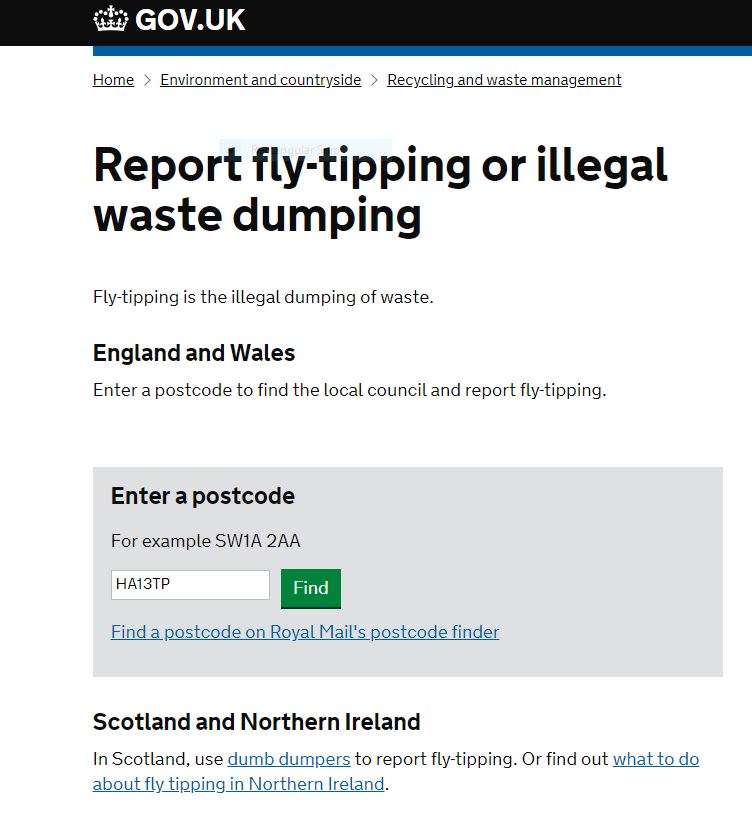
Source: Gov.uk
Source: Gov.uk
No responsible person would litter or make your street dirty. Report all environmental crimes online. Fly-tipping and littering can also be reported via our app (search Harrow Council in the App store or Google Play) #makeHarrowclean
— Harrow Council (@harrow_council) January 1, 2018
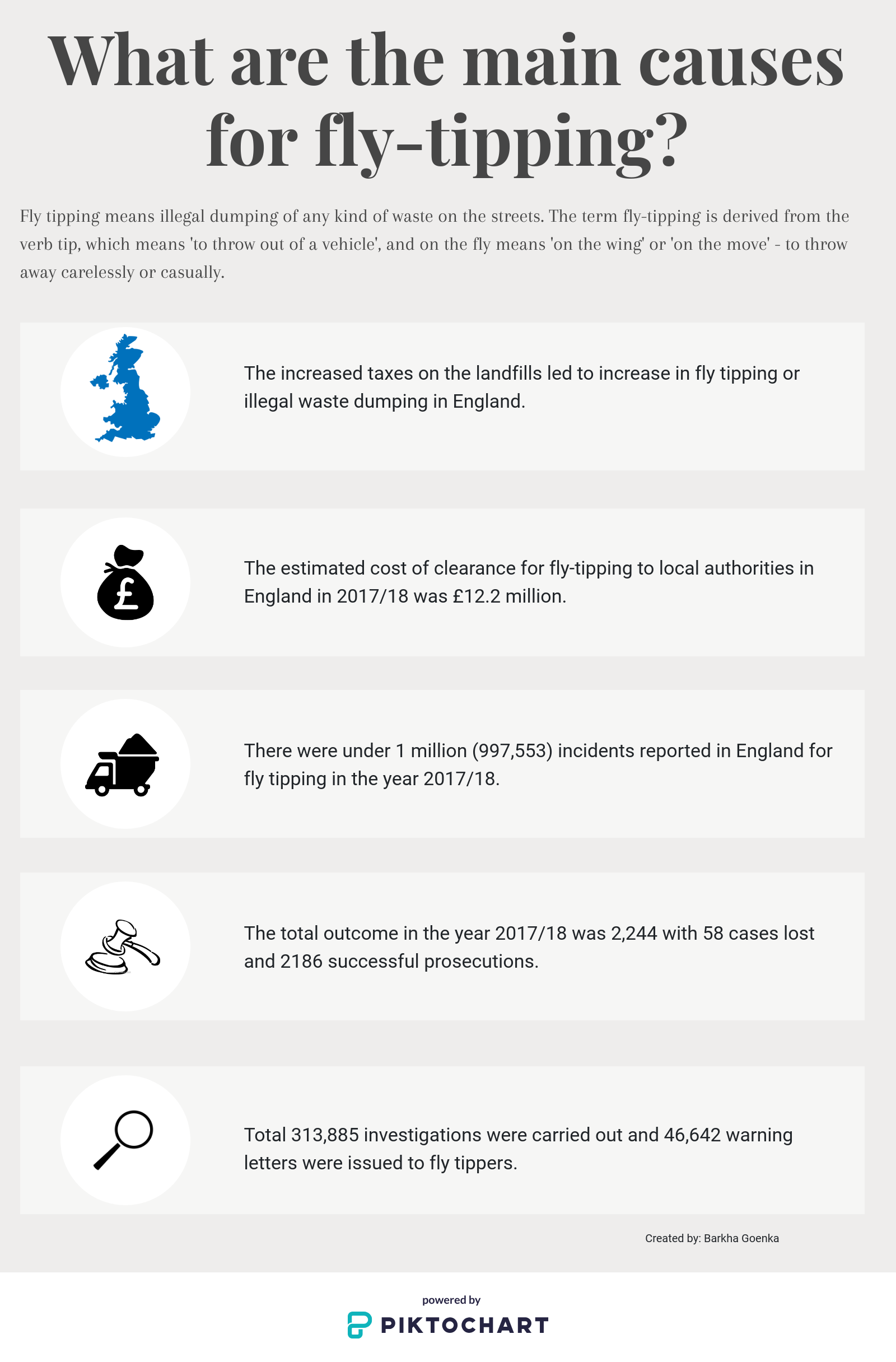
Created by: Barkha Goenka | Source: Picktochart
Created by: Barkha Goenka | Source: Picktochart
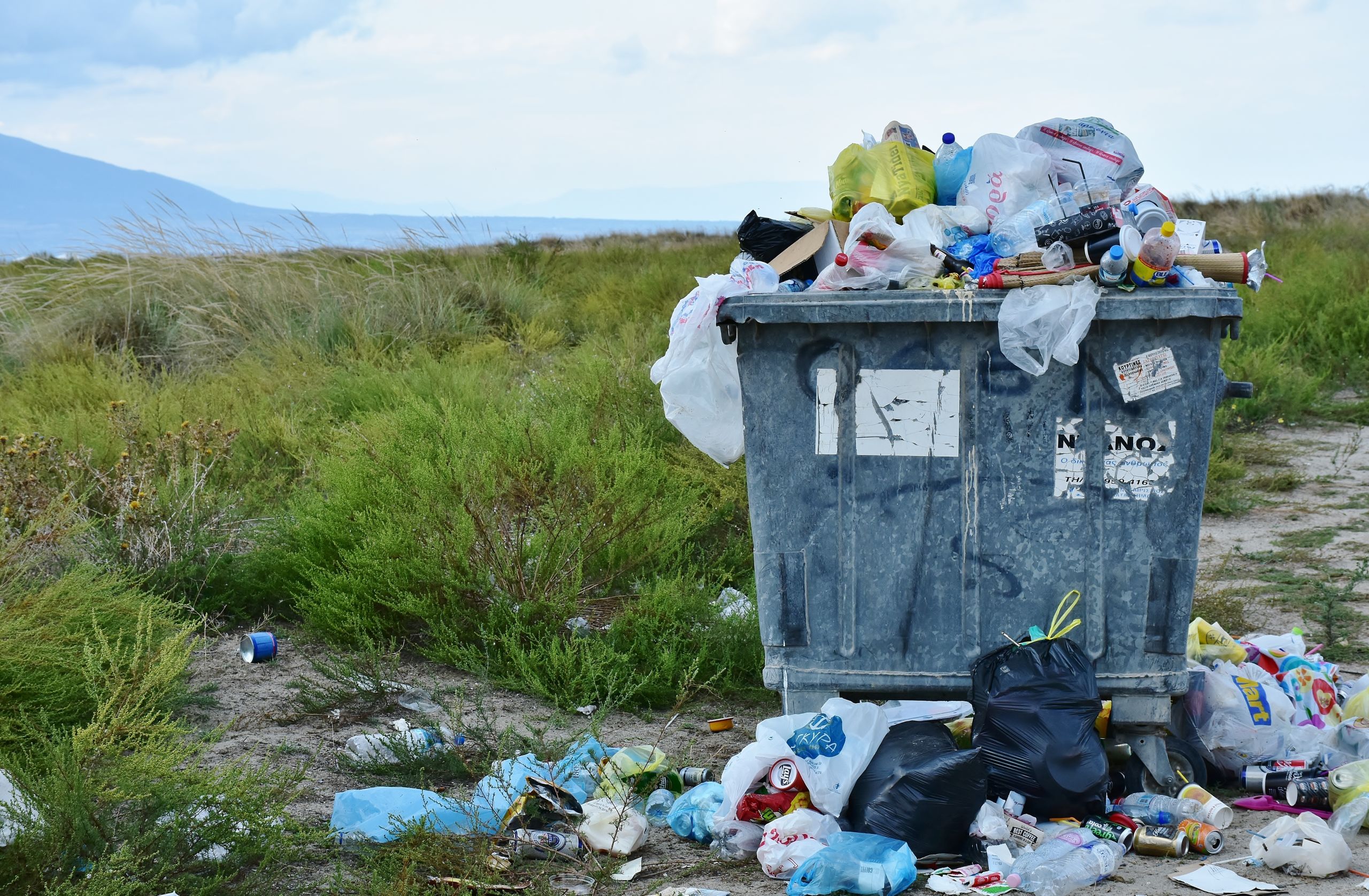
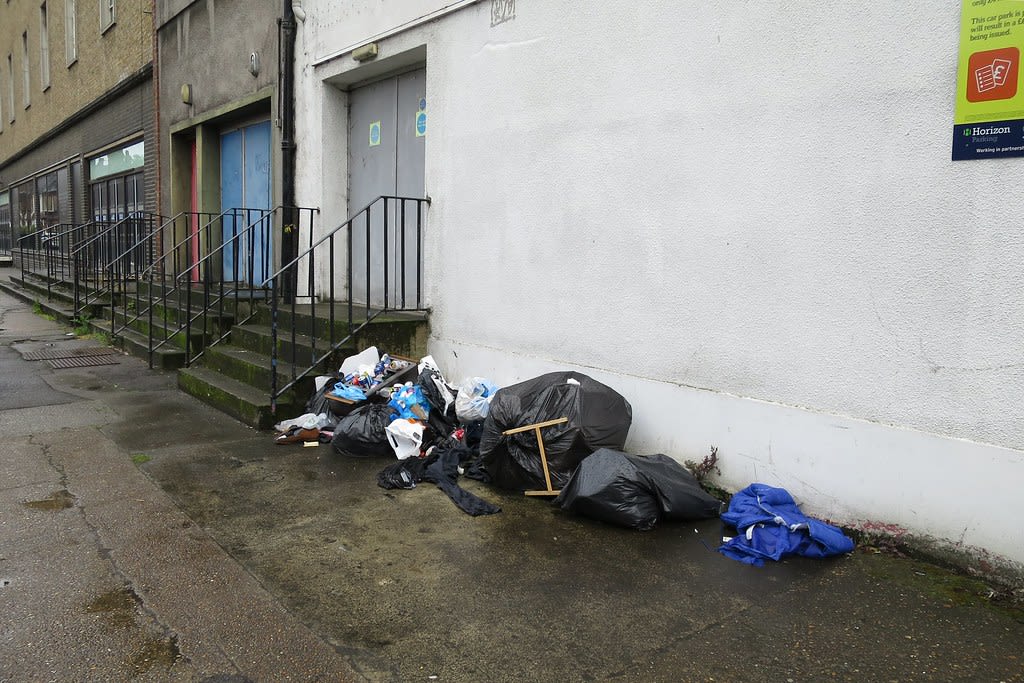
Report fly-tipping today!
See it, report it.
